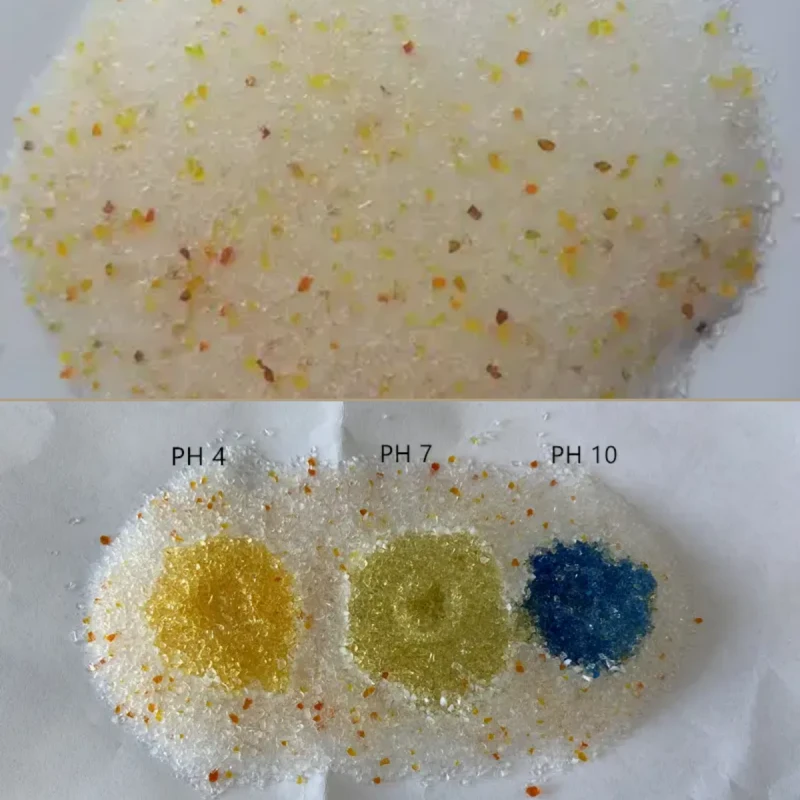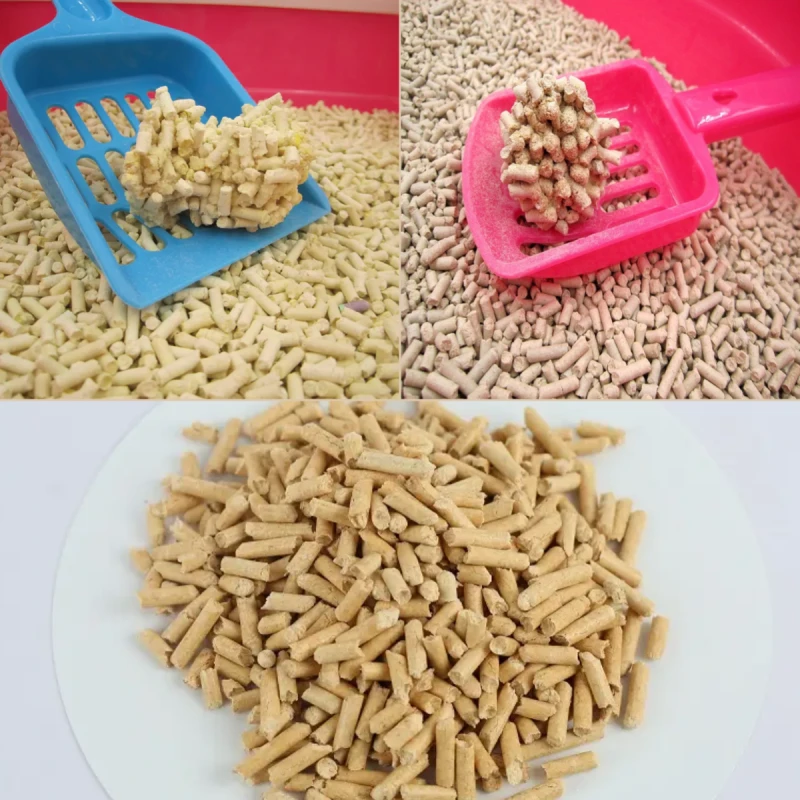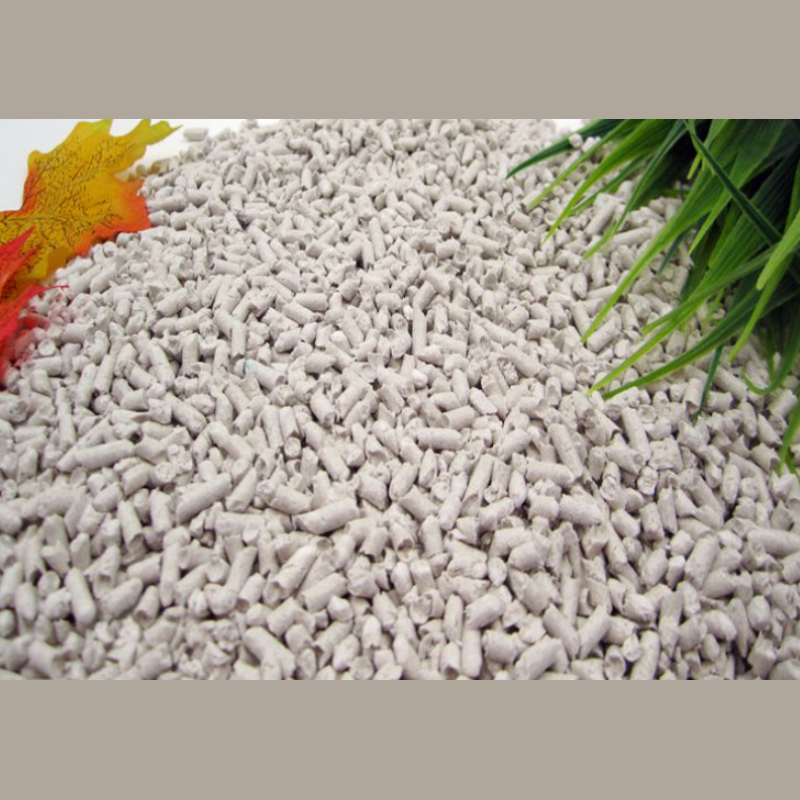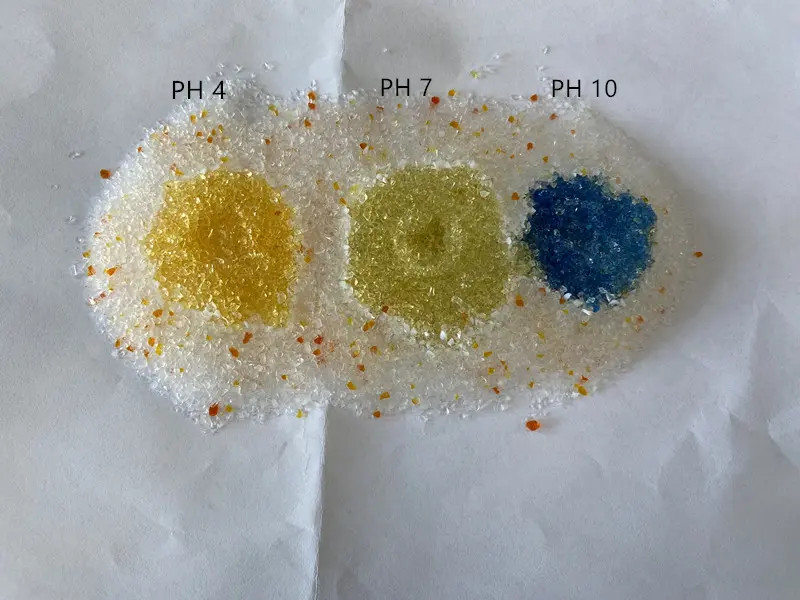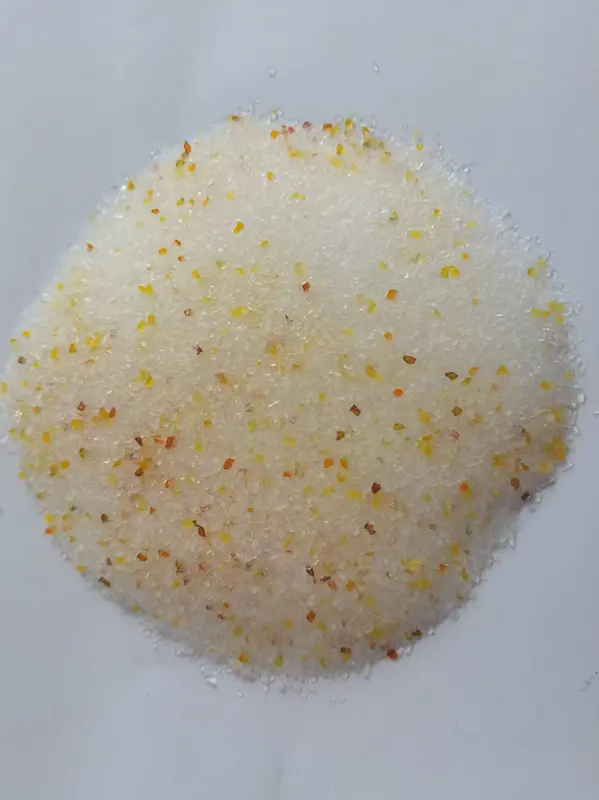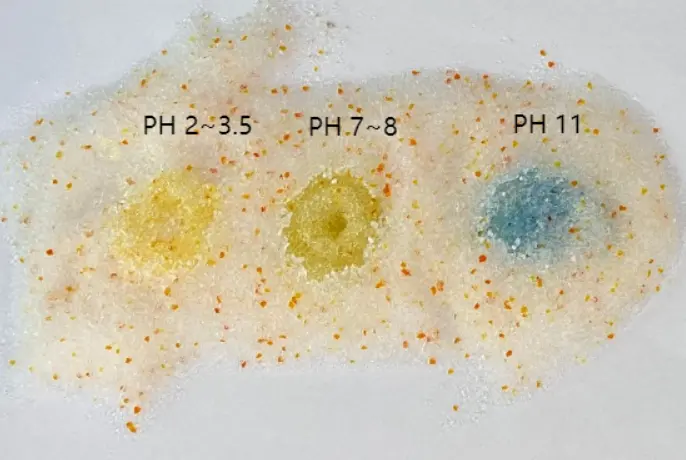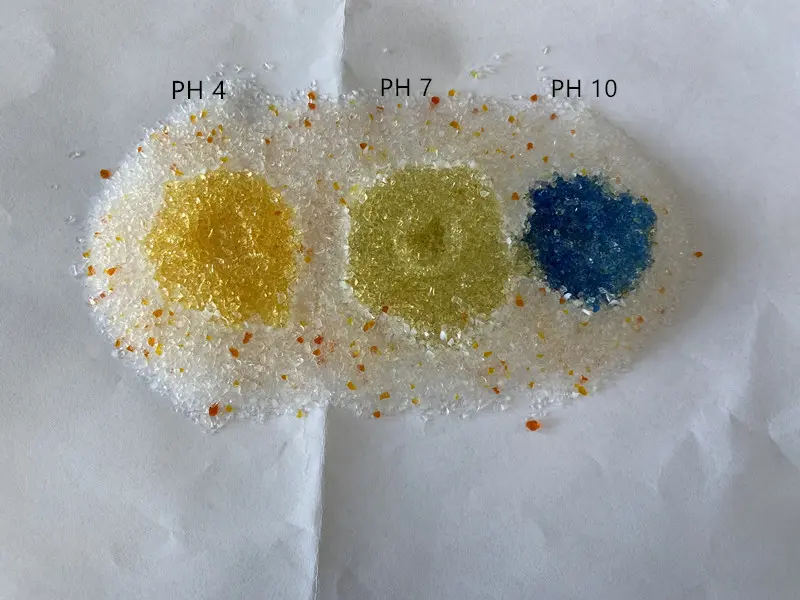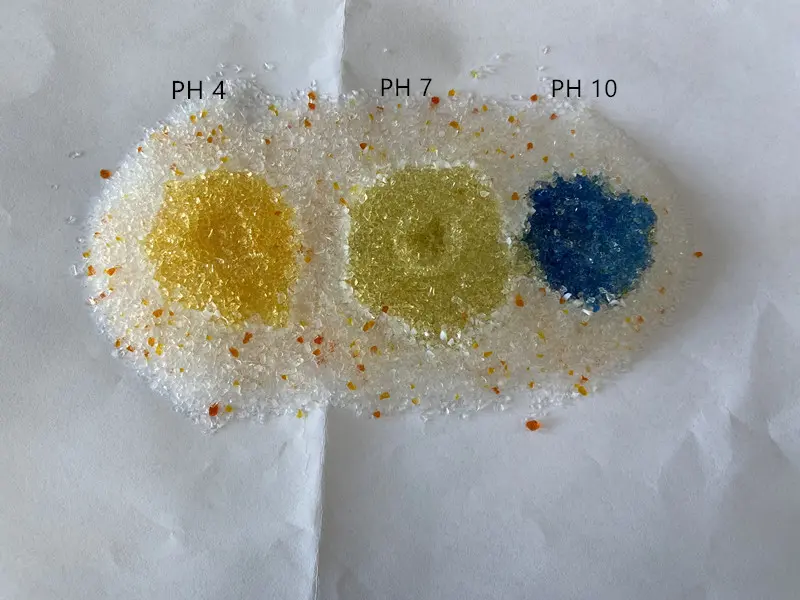Training a New Cat or Kitten to Use a Litter Box
Luckily for pet owners, cats do have a natural instinct to go to the bathroom in sand or soil, and will often learn to use a litter box by observing their mother. Cats can learn to use the litter box as soon they are as young as three or four weeks old, so your kitten may very well be litter trained by the time you bring him home.
Training a kitten to use his litter box is not quite the same as housebreaking a puppy, but will require a similar level of attention.
First, you need to familiarize your kitten with the location of his litter box. Of course, you should confine kittens to smaller areas of your home at first, rather than allowing them to roam freely, so you will want to keep the litter box within their area. Make sure they know where their litter box is in their new surroundings, and make sure the box is easy for them to reach.
Right after you bring your kitten home, introduce them to their cat litter box at a quiet time. You should literally place your kitten into the box, and can even gently show your kitten how to scratch at the litter a couple of times. If the kitten jumps right out, that’s okay, don’t get discouraged.
Simply place the kitten in the box a few times throughout the day when a cat would normally need to go to the bathroom, such as first thing in the morning when they wake up, right after meals, after playtime, or getting up from a nap. Since cats prefer privacy when using their litter box, you also should not hover over your kitten when you want them to go. Rather, you should leave your kitten alone once you see they have started to use it. Praise them or offer a treat once they have finished.
Frequent accidents, cat diarrhea, or having a kitten who seems to have difficulty going to the bathroom may indicate some underlying health issues that you should have your veterinarian look into.

